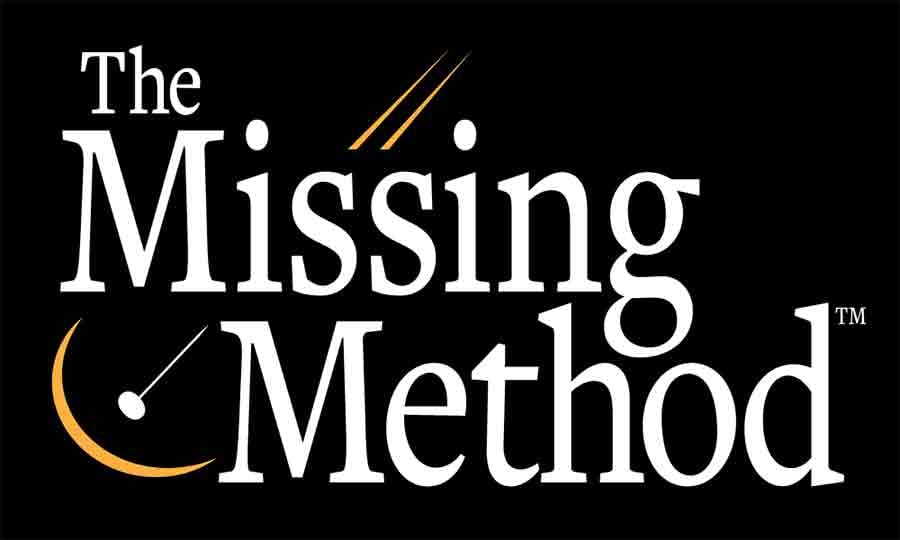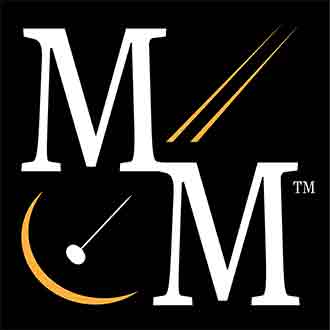New to guitar? New to guitar chords? Then you’ll want to learn these 6 basic chords to get you started playing. Watch the video, then download the PDF to practice!
Knowing how to play chords on the guitar is a crucial skill. In fact, for a lot of players this is all they do! So having a strong foundation to start from can only make learning more chords easier in the future. In this video, I show the 6 basic chords every guitar player needs to know, as well as give you technique and strumming tips to get you started playing the right way.
Get the FREE PDF => http://bit.ly/6ChordsPDF
A chord is just a way of referring to the guitar’s ability to play harmonies, and is made up of three notes played together at the same time. Some chords use more notes, but we aren’t going to get into that here. Instead, I’m going to show you chords that are simple, sound good, and will allow you to start strumming songs.
To begin, you’ll want to be familiar with the three main types of chords: major, minor, and dominant seven. Each one of these names refers to a chord quality, meaning the sound of the chord. So essentially, major sounds major, minor sounds minor, and so on. The only way to recognize these sounds is to hear them. Between major and minor for example, minor sounds lower. So the term “minor” does not imply lesser.
Now let’s move on to the chords themselves. (See the PDF)
The first chord we’ll learn is Em (the lowercase “m” stands for minor). The easiest way to play this is to simply strum strings 1-3 open. For a fuller version, see the PDF.
*The full version just means you are playing the same three notes on more strings, giving it a fuller sound.
The second chord is G major, shown as simply G. To play this, place your third finger at the third fret on string one, then strum strings 1-4. Again, see the PDF for the more common fuller version.
Chord number three is C major or the C chord. Place your index finger on string two, fret number one. Then strum strings 1-3. (See PDF for the fuller version).
Chord number four is Am (A minor). To play this one, you’ll need to use two fingers instead of one that we’ve used so far. Start this one like the C chord, where your first finger is on string two, fret one. Then place either your second or third finger on string three, fret 2. Then strum strings 1-3.
Chord five is D7 (D dominant seventh). This chord requires the use of three fingers, and really is full as is. It also starts off like a C chord with the first finger on fret one, string two. Then it continues like the Am chord, with your second finger on string three, fret two. Finally, you place your third finger on string one, fret two. Strum strings 1-4. And three you have the complete D7 chord.
Finally, we have the G7 chord (G dominant seventh). To play this one, place your index finger at the first fret of string one. Then strum four strings. This one is easy and sounds good as is, but once you have it, be sure to try out the full version found in the PDF.
Your next step is to practice these chords with the PDF and then move on to the book Guitar Chord Master 1: Basic Chords.
In total, you can now play two major chords, two minor chords, and two dominant seventh chords, and with these you’ll already be able to play thousands of songs!
Things to remember:
- Only play the strings needed for each chord.
- Keep any fingers up on their tips to avoid bumping into the other strings
- There are three primary chord sounds: Major sounds, Minor sounds, and Dominant Seventh Sounds. From these three basic sounds tons of songs can be played.
- Be patient. It takes time and practice to get good at chords.
Where to Find It:
0:00 Introduction
0:16 Guitar Chords Explained
1:17 The Three Primary Chords
1:52 How to play the basic Em (E minor)
2:29 How to play the full Em
3:11 PDF Reminder
3:17 The basic G Major Chord
4:22 The basic C Major Chord
5:09 Quick Review
5:18 The Basic Am (A minor) *First two-finger chord
6:13 The D7 Chord (This chord doesn’t have a basic version) *First three-string chord
7:22 The Basic G7 Chord
8:08 How to practice the basic chords
9:12 How to play the full versions of the basic chords
9:38 Guitar Chord Master Level 1
9:55 The Full Am chord
10:55 The Full G major chord
12:00 The Full C major chord
12:43 The Full G7 chord
13:18 Why start with these 6 chords anyway?
13:42 Where to go from here?
14:10 The wrap-up
For more on beginner chords, be sure to check out Guitar Chord Master 1: Basic Chords. This first book in the Guitar Chord Master series gives you everything you need to master basic chords: easy-to-follow instructions, illustrations, and diagrams; common strum patterns; example songs; and plenty of practice exercises. And there's a free preview available so you can try it out and see if it works for you. Find it => here.



